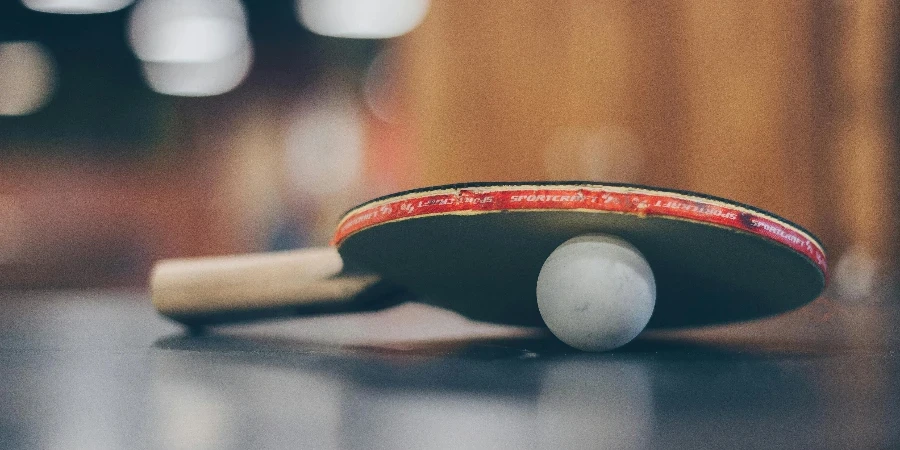Padel, a sport that combines elements of tennis and squash, has seen a meteoric rise in popularity across the globe. This surge in interest has significantly impacted the market for padel rackets, making it a lucrative segment within the sports and accessories industry. In this article, we will explore the market overview, key growth projections, and the influential factors driving the demand for padel rackets.
Table of Contents:
– Market Overview
– Innovative Materials and Design Trends
– Technological Features Enhancing Performance
– Customization and Personalization
– Conclusion
Market Overview
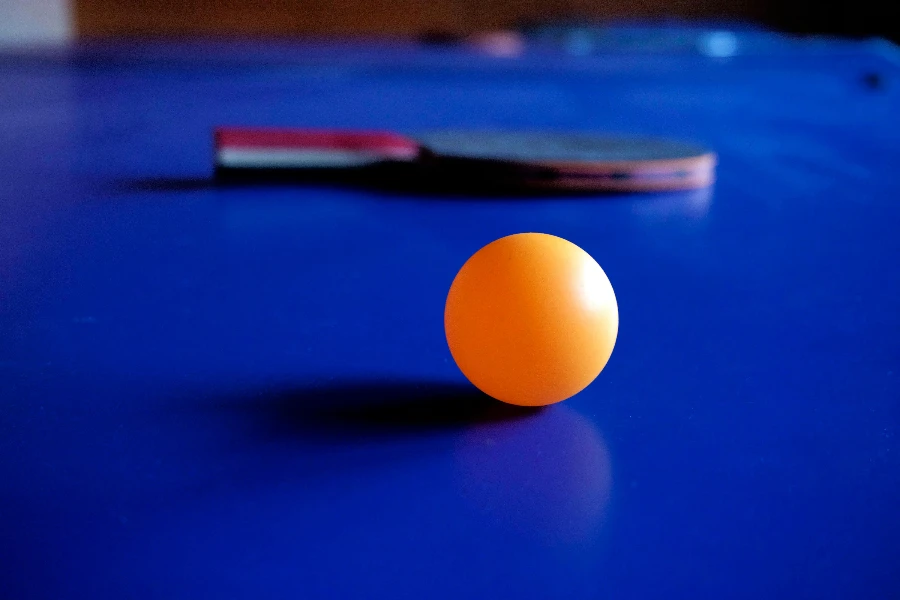
The Rise of Padel: A Global Phenomenon
Padel has rapidly evolved from a niche sport to a global phenomenon. Originating in Mexico in the 1960s, it has gained immense popularity in countries like Spain, Argentina, and Sweden. According to Statista, the revenue in the racket sports equipment market in Spain is projected to reach USD 67.6 million by 2024, with an annual growth rate of 2.76% from 2024 to 2028. This growth is a testament to the increasing popularity of padel in Spain, which is one of the sport’s key markets.
Key Markets and Growth Projections
The global market for racket sports equipment, including padel rackets, is experiencing significant growth. As reported by Statista, the worldwide revenue for racket sports equipment is projected to reach USD 9.9 billion in 2024, with an annual growth rate of 6.47% from 2024 to 2028. China is leading the way with a projected revenue of USD 4,374.0 million in 2024, highlighting the country’s dominance in the market.
In Spain, the eCommerce market for racket sports equipment is also on the rise. Revenue is expected to reach USD 32.66 million in 2024, with a robust annual growth rate of 10.76% from 2024 to 2029. This growth is driven by the increasing number of users, which is expected to reach 1.2 million by 2029, with a user penetration rate of 2.7%.
Influential Factors Driving Demand
Several factors are driving the demand for padel rackets globally. One of the primary drivers is the sport’s accessibility and social nature, making it appealing to a wide range of age groups and skill levels. Additionally, the rise of sports tourism and the increasing number of padel clubs and courts worldwide are contributing to the sport’s growth.
Technological advancements in racket design and materials are also playing a crucial role. Innovations such as lightweight and durable materials, ergonomic designs, and advanced grip technologies are enhancing player performance and attracting more enthusiasts to the sport. Furthermore, the integration of smart technology in padel rackets is providing players with data-driven insights to improve their game, further boosting the market demand.
Innovative Materials and Design Trends
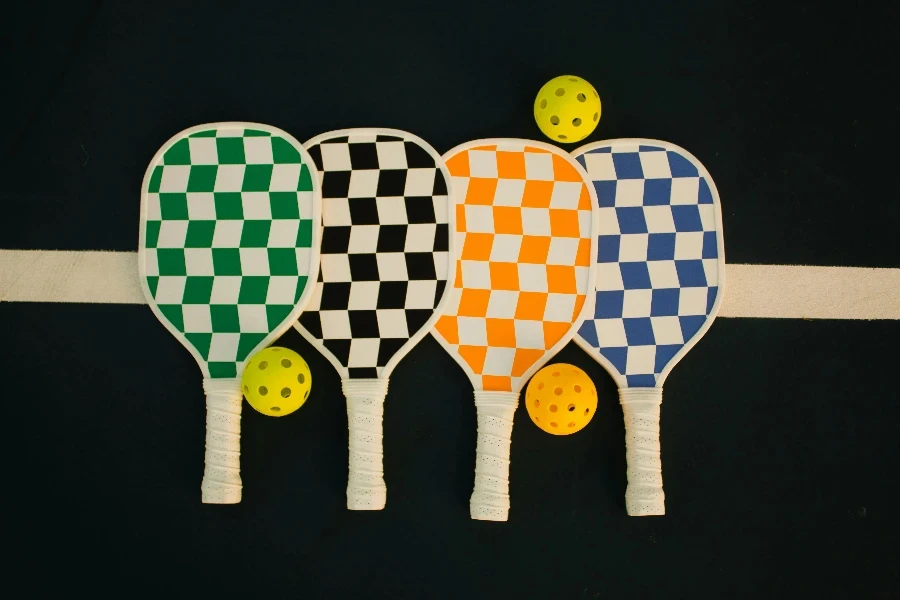
Lightweight and Durable Materials
In the world of padel rackets, the evolution of materials has been a game-changer. The quest for lightweight yet durable materials has led to the adoption of advanced composites such as carbon fiber and fiberglass. These materials are not only strong but also significantly lighter than traditional options. Lightweight paddles are often made with carbon shafts or blades to reduce weight without compromising strength. This principle is similarly applied in the construction of padel rackets, where the use of carbon fiber enhances both performance and durability.
The integration of these materials allows for better maneuverability and control, which are crucial for competitive play. The reduced weight helps in minimizing player fatigue, enabling longer and more intense sessions on the court. Additionally, the durability of these materials ensures that the rackets can withstand the rigors of frequent use, making them a preferred choice for both amateur and professional players.
Ergonomic and Aesthetic Design Innovations
Design innovation in padel rackets goes beyond just materials. Ergonomics and aesthetics play a significant role in enhancing player experience and performance. Modern padel rackets are designed with a focus on ergonomic grips that provide better control and comfort. The “Best Stand Up Paddle Boards of 2024” report highlights the importance of adjustable and comfortable paddles, which can be paralleled to the ergonomic designs in paddle rackets that aim to reduce strain on the player’s wrist and arm.
Aesthetically, manufacturers are experimenting with vibrant colors and sleek designs to appeal to a broader audience. The visual appeal of a racket can be a significant factor for players, especially those who view their equipment as an extension of their personal style. The combination of ergonomic and aesthetic innovations ensures that players not only perform well but also look good while doing so.
Technological Features Enhancing Performance
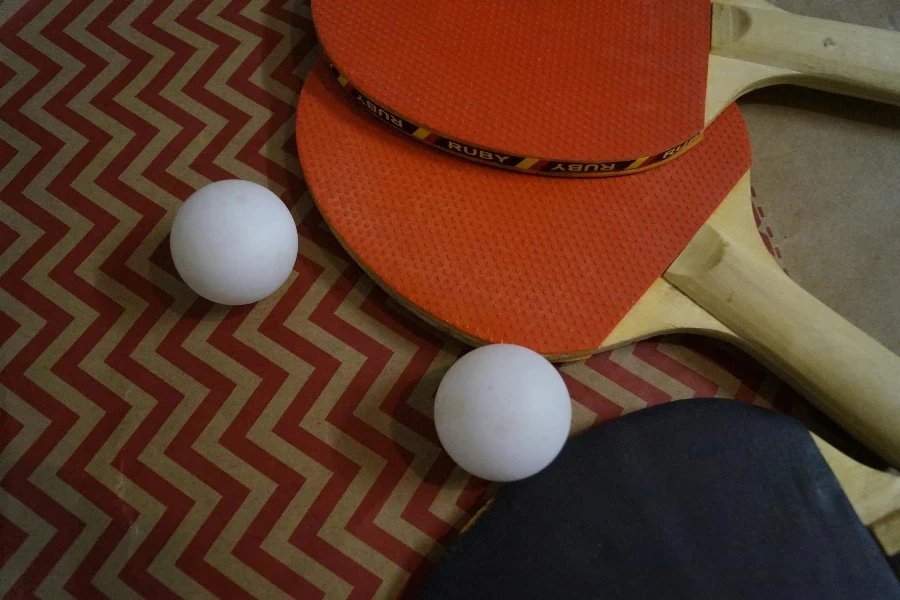
Advanced Grip and Control Technologies
Technological advancements have significantly impacted the grip and control features of padel rackets. Modern rackets are equipped with advanced grip technologies that enhance the player’s hold, reducing the chances of slippage during intense rallies. These grips are often made from high-quality, sweat-absorbent materials that ensure a firm hold even in humid conditions.
Control technologies have also seen remarkable improvements. The integration of vibration dampening systems helps in reducing the impact on the player’s arm, thereby preventing injuries and enhancing comfort. These technologies ensure that players can maintain a high level of performance without compromising their physical well-being.
Impact of Smart Technology on Padel Rackets
The advent of smart technology has brought a new dimension to padel rackets. Smart rackets are equipped with sensors that can track various metrics such as swing speed, ball impact location, and shot accuracy. This data can be analyzed to provide players with insights into their performance, helping them identify areas for improvement.
The inclusion of smart features in sports equipment is becoming increasingly popular. This trend is mirrored in the padel industry, where smart rackets are gaining traction among tech-savvy players. These rackets not only enhance performance but also add an element of fun and engagement to the game.
Customization and Personalization
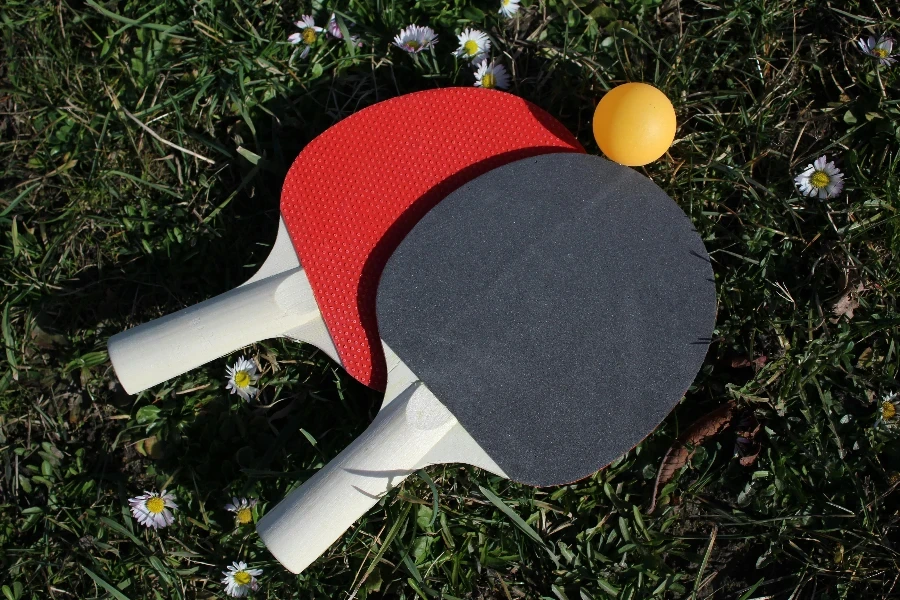
Tailoring Rackets to Player Preferences
Customization is a growing trend in the sports equipment industry, and padel rackets are no exception. Players are increasingly looking for rackets that can be tailored to their specific preferences and playing styles. This includes options for adjusting the weight, balance, and grip size of the racket.
Manufacturers are offering a range of customization services that allow players to create a racket that perfectly suits their needs. This level of personalization ensures that players can maximize their performance and enjoy a more comfortable and enjoyable playing experience.
Emerging Trends in Custom Design Options
The demand for custom design options is on the rise, with players seeking unique and personalized rackets. This trend is driven by the desire to stand out on the court and express individual style. Custom design options include personalized graphics, color schemes, and even the inclusion of player names or initials on the racket.
The trend of personalization is also evident in the sportswear industry, where brands are offering customized apparel to cater to individual preferences. This trend is mirrored in the padel industry, where custom-designed rackets are becoming increasingly popular.
Conclusion
The padel racket industry is witnessing a dynamic transformation driven by innovative materials, advanced technologies, and a growing demand for customization. The integration of lightweight and durable materials, ergonomic and aesthetic design innovations, and smart technologies are enhancing player performance and experience. The trend towards personalization is allowing players to tailor their equipment to their specific needs, ensuring a more enjoyable and effective game. As the industry continues to evolve, we can expect to see even more exciting developments that will shape the future of padel sports.
